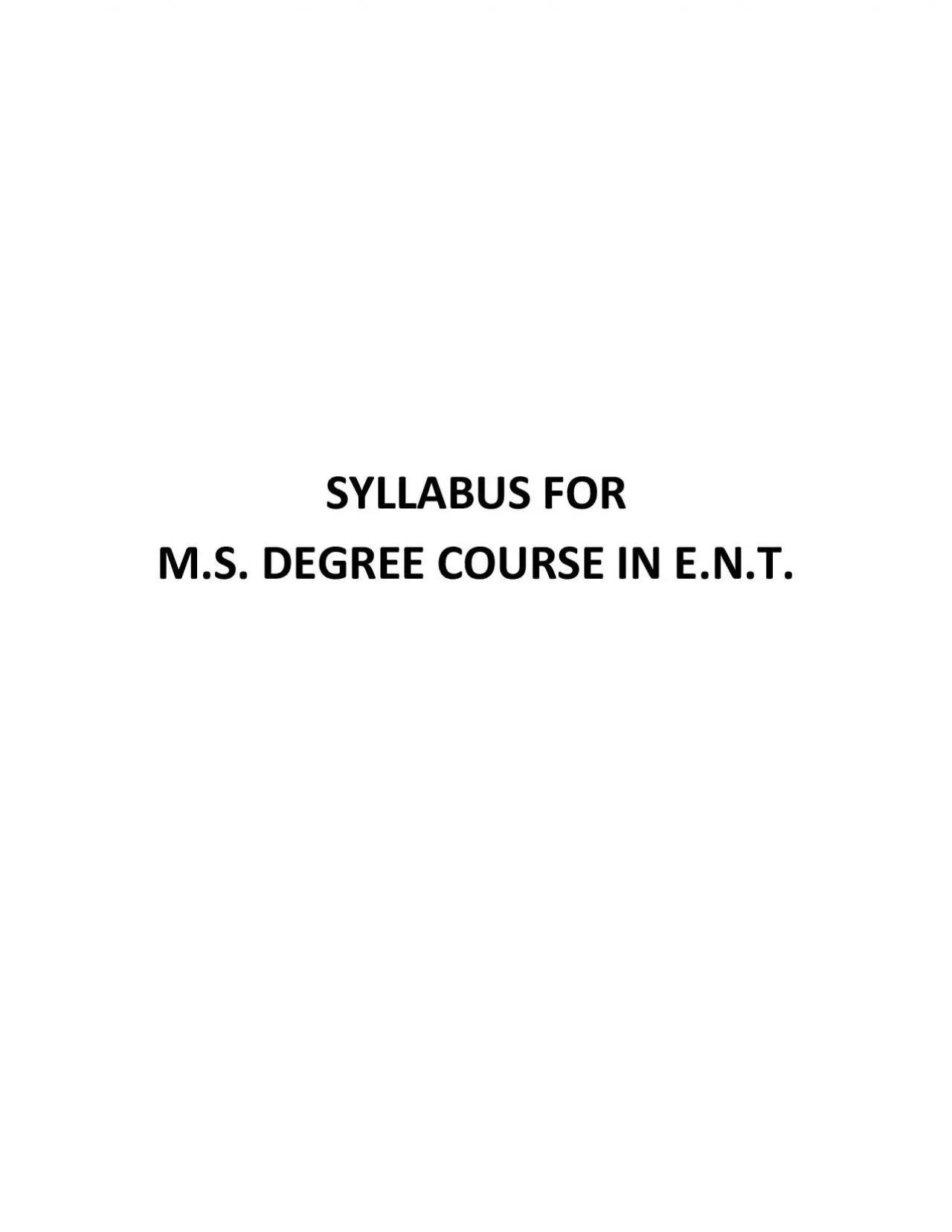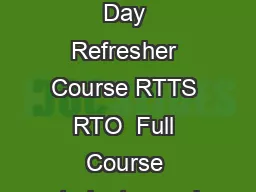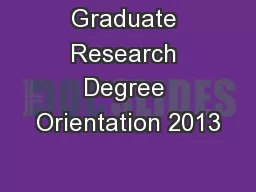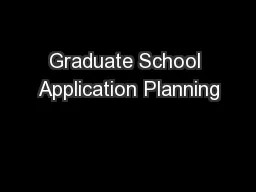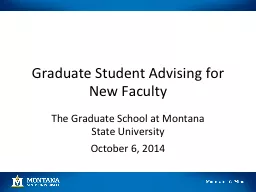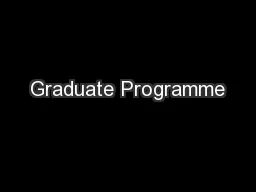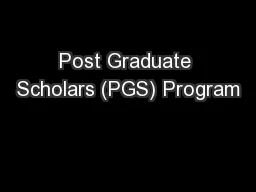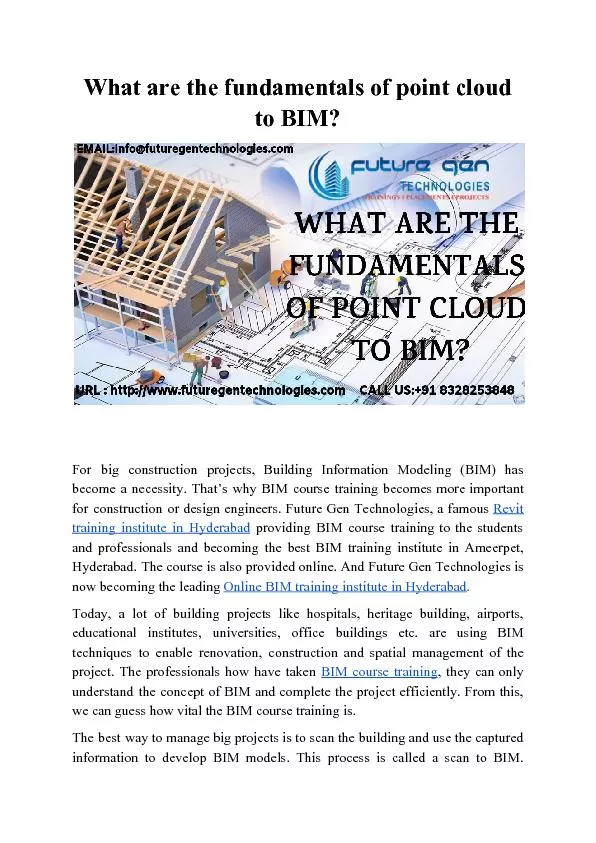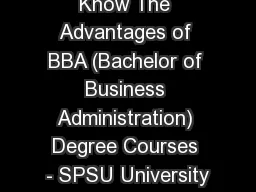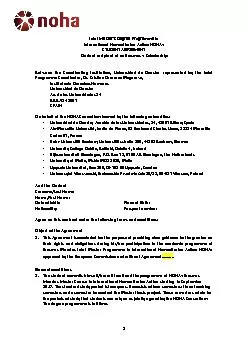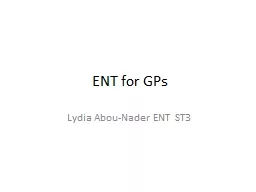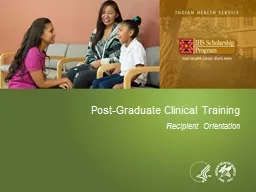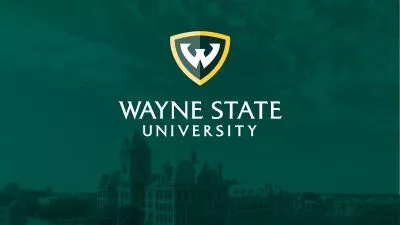PDF-POST GRADUATE MS DEGREE COURSE IN ENT TRAINING PROGRAMME ENT
Author : daniella | Published Date : 2022-09-08
POST GRADUATE MS DEGREE COURSE IN ENT SCHEME OF EXAMINATION Distribution of Marks Title Duration in Hours Maximum Marks Applied Basic Sciences 3 100
Presentation Embed Code
Download Presentation
Download Presentation The PPT/PDF document "POST GRADUATE MS DEGREE COURSE IN ENT TR..." is the property of its rightful owner. Permission is granted to download and print the materials on this website for personal, non-commercial use only, and to display it on your personal computer provided you do not modify the materials and that you retain all copyright notices contained in the materials. By downloading content from our website, you accept the terms of this agreement.
POST GRADUATE MS DEGREE COURSE IN ENT TRAINING PROGRAMME ENT: Transcript
Download Rules Of Document
"POST GRADUATE MS DEGREE COURSE IN ENT TRAINING PROGRAMME ENT"The content belongs to its owner. You may download and print it for personal use, without modification, and keep all copyright notices. By downloading, you agree to these terms.
Related Documents

